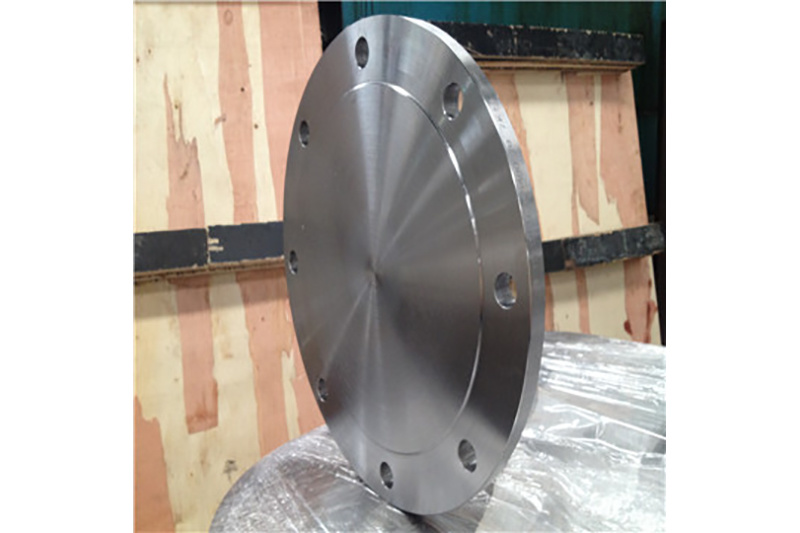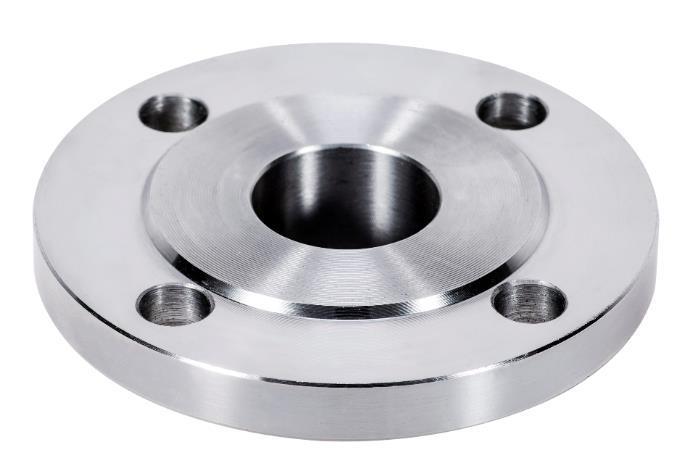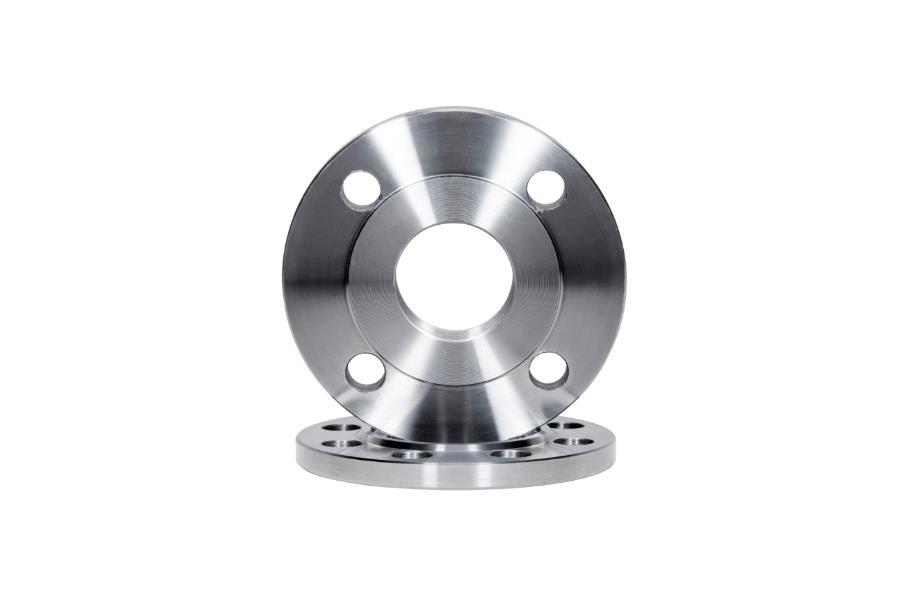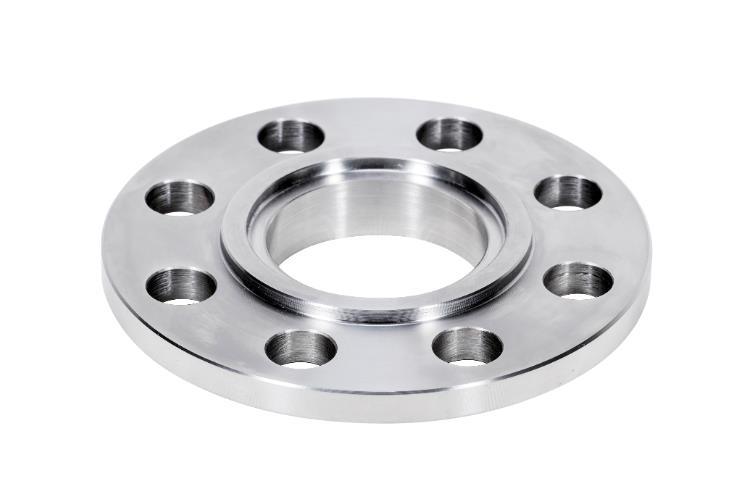The difference between flat welding flanges and butt welding flanges!
Release time:
2021-05-06
What is the difference between flat welding flanges and butt welding flanges? Today, let's learn about it together!
What is the difference between flat welding flanges and butt welding flanges? Today, let's learn about it together!
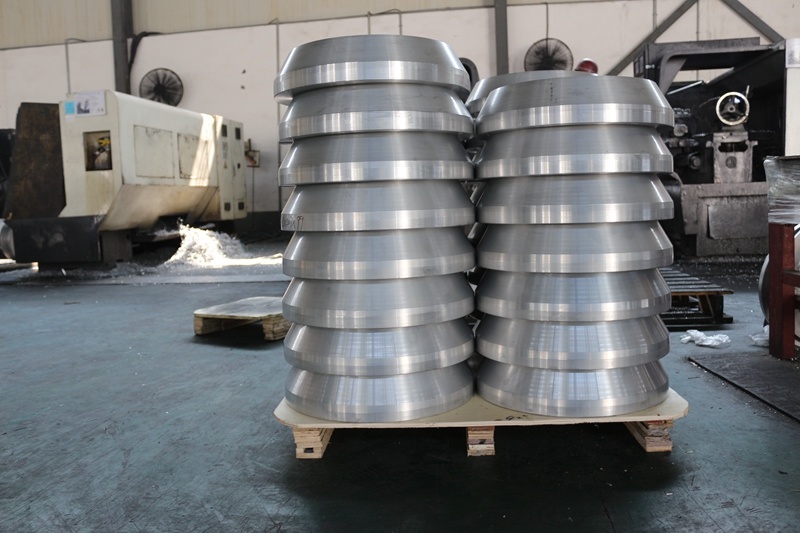
Various typesExport flangeFeatures:
1. Socket welding flanges are suitable for small diameter, high voltage, and high temperature pipelines.
2. Flat welding, like butt welding, has a boss, with a groove opened on the boss, and then the pipe is inserted for welding.
3. Socket welding does not have a boss; a groove is directly opened on the flange body, similar to opening a hole on a blind flange, and then a groove is opened.
4. Flat welding is slightly better than socket welding.
During resistance welding, the two workpieces are always under pressure. When the end face temperature reaches the welding temperature Tω, the distance between the end faces of the two workpieces decreases to a few angstroms, and the atomic interactions between the end faces create common grains at the joint, thus forming the weld. There are two welding cycles in resistance welding: isostatic and forging enhancement. The former has a simple pressure mechanism and is easy to implement. However, employing the electric top forging process can yield better welding quality. To ensure the plastic deformation of the alloy butt welds and further enhance the joint quality, the electric top forging process should be adopted.
When performing resistance butt welding on export flanges, the two workpieces should have the same end face shape and size to ensure that the heating deformation of the workpieces is consistent with the plastic deformation. The end faces of the workpieces, as well as the surfaces in contact with the chuck, must be strictly cleaned. Oxides and dirt on the ends will directly affect the quality of the seam. The oxide scale and dirt on the surface of the workpieces in contact with the clamps will increase the contact resistance, exacerbate the wear of the workpiece surface at the jaws, and increase power loss.

Latest developments
The Connection Between Japanese Standard Flanges and Sustainable Construction
The Connection Between Japanese Standard Flanges and Sustainable Construction Table of Contents 1. Understanding Japanese Standard Flanges 2. The Importance of Sustainable Construction 3. Key Features of Japanese Standard Flanges 3.1 Material Composition and Environmental Impact 3.2 Precision Engineering and Quality Assurance 4. How Japanese Standard Flanges Promote Sustainability 4.1 Energy Effic
Understanding American Standard Flanges: Essential Components in Construction and Decoration
American standard flanges are integral fittings used to connect two sections of piping or to connect piping to other components such as valves and pumps. Their design complies with specific standards established by the American National Standards Institute (ANSI), ensuring compatibility and reliability across various applications. These flanges are widely utilized in plumbing, heating, and various
Threaded Flanges vs. Welded Flanges: Which Is Better for Your Needs?
Threaded Flanges vs. Welded Flanges: Which Is Better for Your Needs? When it comes to piping systems, the choice between threaded flanges and welded flanges can greatly influence the performance, durability, and overall quality of your installations. Understanding the characteristics of each type can help you make an informed decision tailored to your specific requirements. In this article, we wil
Understanding Flanged Connections in Construction and Decor Materials
Flanged connections are mechanical joints that consist of two flanges, bolted together to create a tight seal. These connections are essential in the construction and decorative materials industry, especially in plumbing and piping systems where fluid transport is critical. The choice of flanged connections can significantly affect the integrity and efficiency of piping systems, making it vital fo
Sliding Flanges: The Key to Flexible Pipe Systems in Architecture
Sliding Flanges: The Key to Flexible Pipe Systems in Architecture In the ever-evolving landscape of architectural design and infrastructure, the need for flexibility and adaptability has never been more paramount. Among the various components that facilitate this flexibility, sliding flanges stand out as crucial elements in pipe systems. They enable efficient connections and adjustments, ensuring
Understanding High Neck Flanges: Essential Components in Construction and Decoration
High neck flanges, a specialized type of flange, are designed with an extended neck that provides additional height. This design not only facilitates an increased surface area for welding but also assists in alignment, making them ideal for various applications in piping systems. The extended neck allows for a better connection to pipes and creates a more robust sealing surface, reducing the risk



